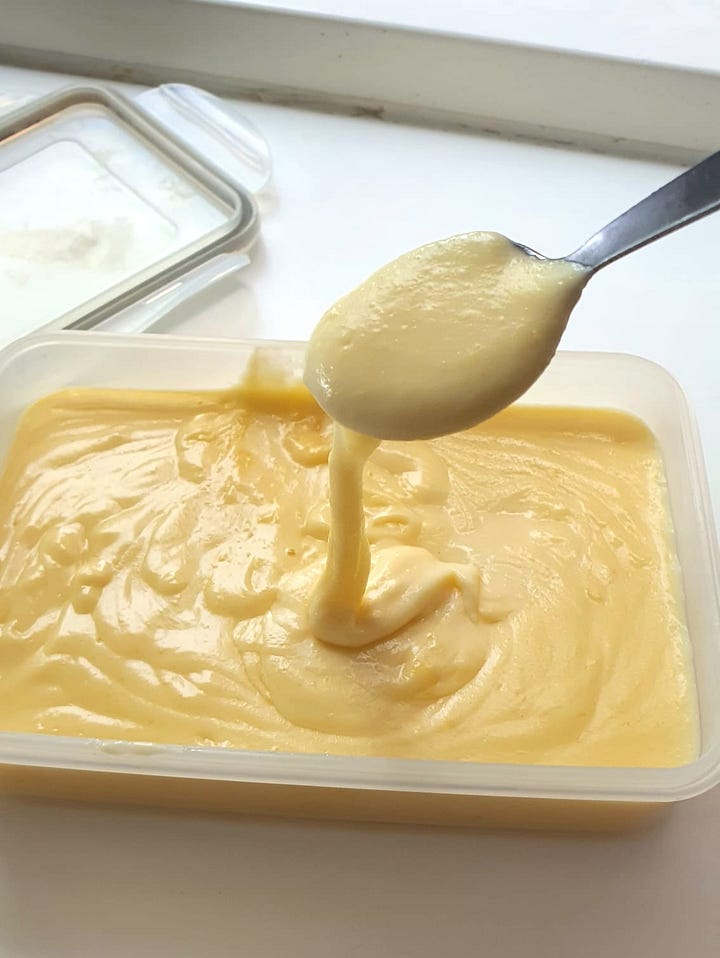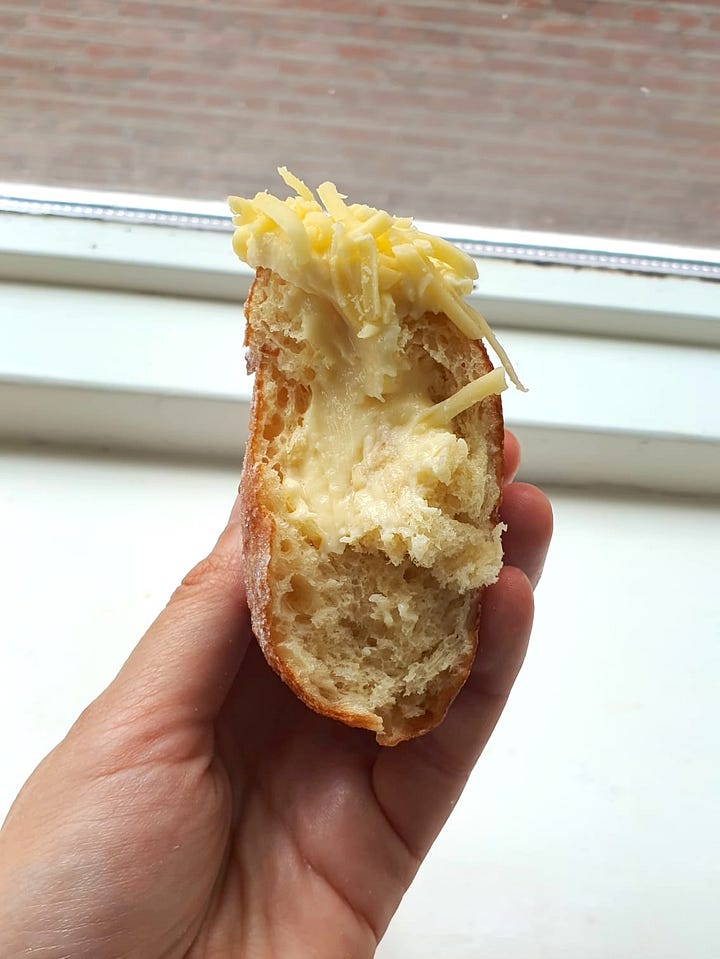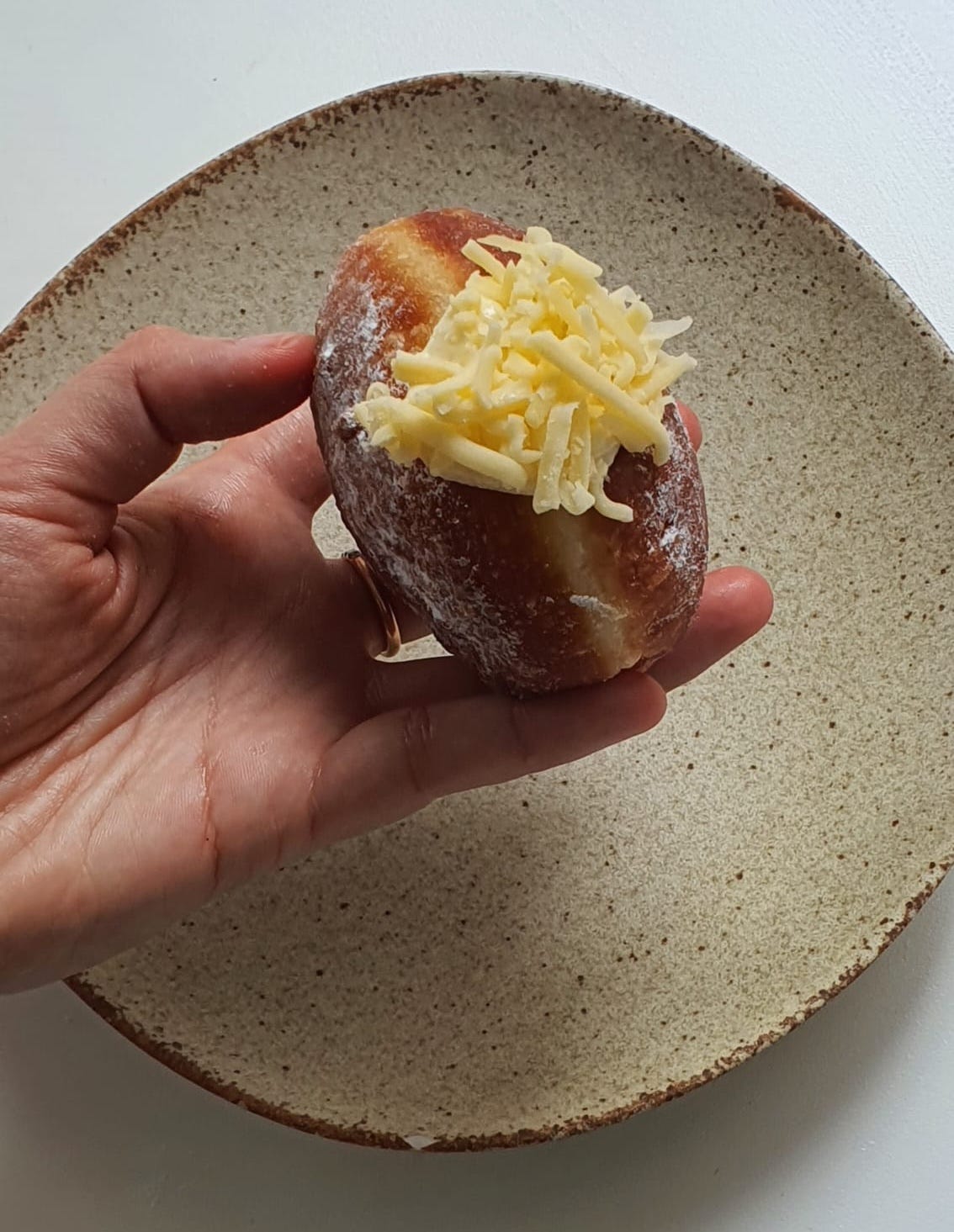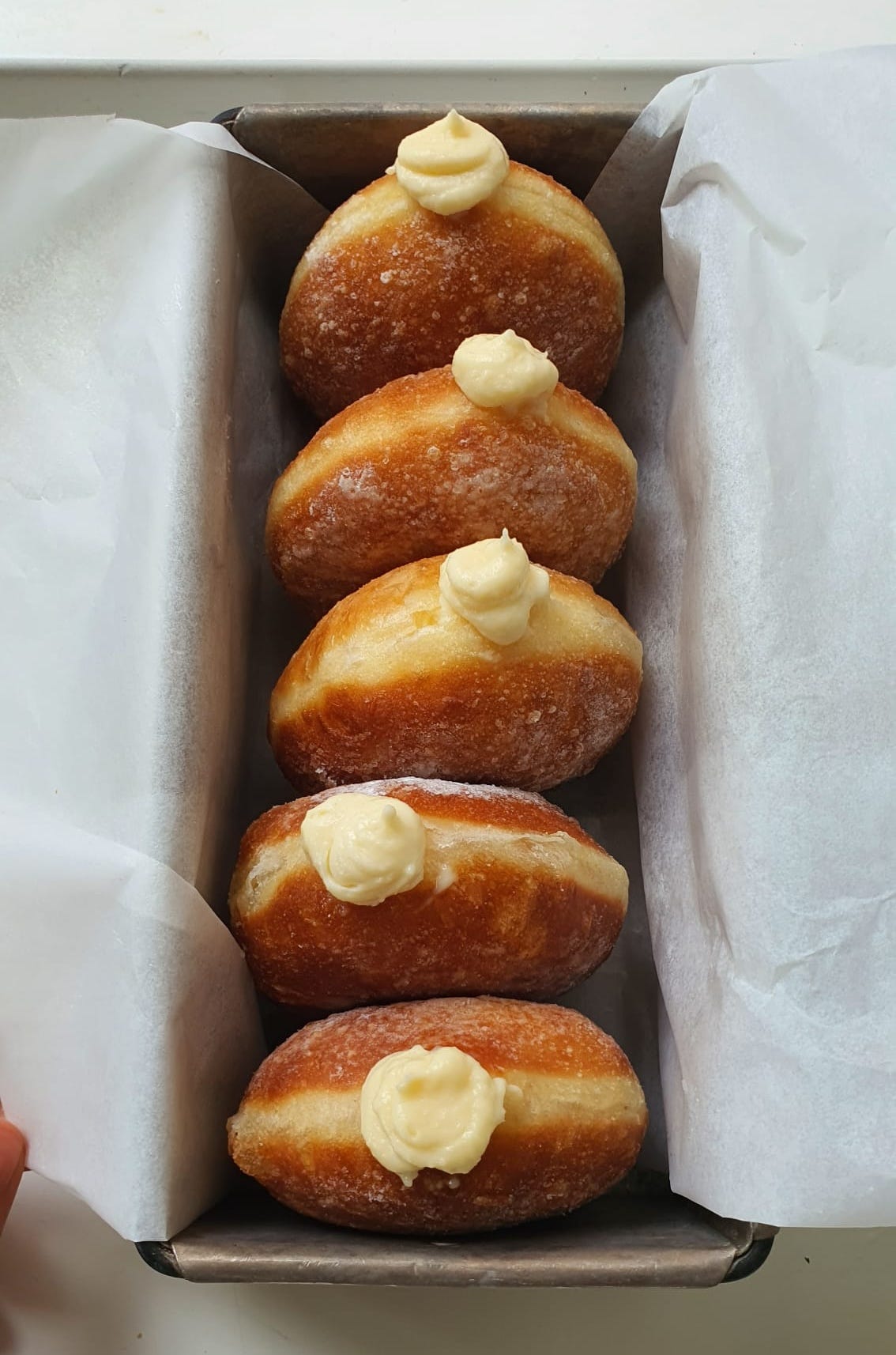Welcome to Singapore Noodles, a celebration of Asian culinary traditions and food cultures. Every week, you’ll be receiving historical tidbits, personal stories, and recipes from me delivered straight to your inbox. Archived recipes and other content can be found on the index. My cookbooks Wet Market to Table and Plantasia are available for purchase here and here respectively. Thank you for being here, and enjoy this week’s post. ✨ — Pamelia
PLANTASIA PREORDER SALE
A new edition of my cookbook PlantAsia is launching in 3 months! This updated release features 88 vibrant, vegetarian recipes inspired by Asia's rich culinary traditions, plus interviews with two dozen acclaimed chefs, food writers, and cookbook authors woven throughout. PlantAsia will transform the way you think about—and cook with—vegetables, bringing more joy and flavour to your kitchen.
For 3 days only, Barnes & Noble is offering 25% off all preorders with the code PREORDER25. If you've been planning to get a copy, now’s a perfect time. Preorders truly matter—they help a book reach more readers and make a big impact on its launch. Thank you so much for supporting my work! (This promotion applies to both free Barnes & Noble Rewards members and Premium Members.)
ENSAYMADA DOUGHNUTS
Last week, we had a heatwave that was absolutely brutal. Our house turned into a greenhouse with its large, double-glazed windows that let the sun in, and even with the fan going full blast, turning the stove or oven on was the last thing on my mind. We ate cold noodles for dinner pretty much all through the week. This week, though, the weather has cooled considerably (a mercy!) and I found myself craving yeasted doughnuts — hot, fluffy, and light. When thinking of what to fill them with, the idea of ensaymada-inspired doughnuts came to mind. I’ve written before about these Filipino brioche-like buns that toe the sweet-savoury line, topped with cream cheese frosting or a sprinkling of sugar, and grated cheese. Just as defining is their pillowy, lighter-than-air texture—and what could be more cloud-like than a freshly fried doughnut?
Like ensaymadas, yeasted doughnuts typically begin with a brioche-like dough. The payoff of such a buttery base is a feathery crumb and rich, golden-brown crust. Traditional brioche relies on intensive beating to develop gluten, but since I don’t have a stand-mixer, I went for a more passive approach: a long cold fermentation.
As the dough rises slowly in the refrigerator, yeast consumes sugars and produces carbon dioxide, stretching and expanding the gluten network. Acids and enzymes are also produced, and these break down proteins, further enhancing the extensibility of the dough. This mimics much of what kneading does—just more slowly, more gently, and with far less effort.
My doughnut filling is inspired by an unforgettable slice of Basque cheesecake that I had at Jon Cake in Barcelona a few years ago. It was made with four cheeses—parmigiano reggiano, grana padano, gorgonzola, and mascarpone—and the way the salty, funky sharpness of the aged cheeses was tempered by the creamy backdrop that mascarpone left me inspired. I chose to use mascarpone and Edam cheese and cooked the filling entirely over the stovetop. It was runny and stretchy, with a satisfying cheese-pull effect, but set into something smooth and easy to pipe once chilled.


While this is a fairly straightforward recipe, here are a couple of notes for success:
Use a larger container than you think for the cold bulk ferment. You can’t fully predict how much the dough will expand during its overnight rise. The last thing you want is for it to push past the container lid and dry out at the edges—or worse, overflow entirely.
Proof the doughnuts on squares of parchment paper. Once proofed, the doughnuts are airy and delicate. Transferring them directly from the counter can risk deflating them. Parchment makes the process smoother: you can lower the doughnuts into the hot oil with the paper still attached, then peel it off easily once they’re golden brown.
Fry as close to serving time as possible. The most delicious doughnut will always be the one fried most recently. Even the best will start to languish after a few hours at room temperature. With that in mind, plan your frying as close to serving as you can. Your refrigerator is your friend: if needed, do the final proof in the refrigerator rather than at room temperature to buy more time. Don’t even entertain the thought of frying today and serving tomorrow!
Use the freshest oil you can. This is not the time for old oil. Yes, I usually reuse my oil when deep-frying—throwing it out after one use feels wasteful. However, oil absorbs odours remarkably well, and with doughnuts, you don’t want them tasting of last night’s fish fingers or fries.
Keep your oil at 350°F (175°C). Temperature control is everything. Too hot, and the doughnuts will brown too fast, leaving the insides raw. Too cool, and they’ll come out heavy and greasy. A thermometer takes out the guesswork. The ideal doughnut wears a pale white band around its middle, a mark of perfect frying.
Let them cool before tossing in sugar. Coating doughnuts straight from the fryer means the residual oil will melt the sugar into a sticky glaze. For a light, powdery finish, let the doughnuts cool and drain on a wire rack for 15 minutes before sugaring.
RECIPE
Makes 16 doughnuts






